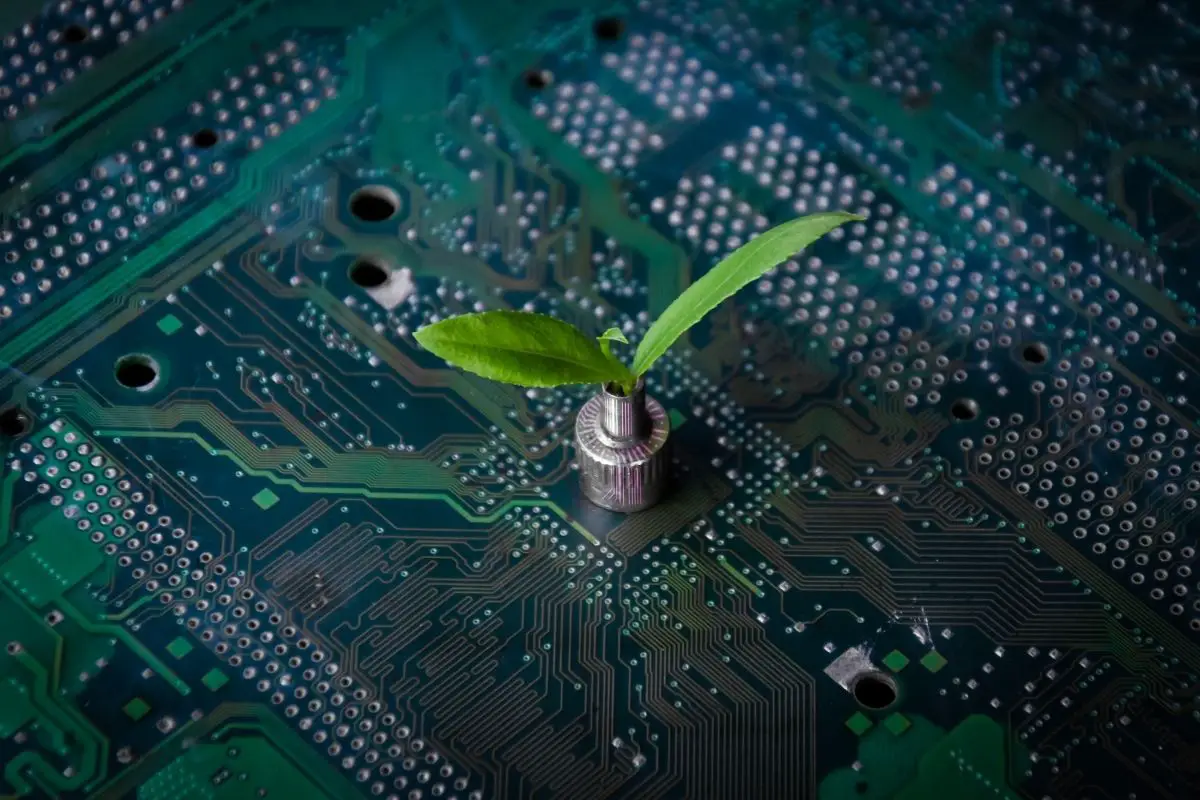
Scientists create new non-metallic photocatalyst for green hydrogen production
April 21, 2022Researchers in South Korea have developed an option that would use sunlight to produce H2.
Scientists in South Korea have developed a new form of non-metallic photocatalyst that can be used for the production of green hydrogen.
Theis new type of catalyst uses sunlight to produce the H2 without also generating greenhouse gas emissions.
The green hydrogen production non-metallic photocatalyst has the potential to help overcome a number of challenges related to the clean production of this emission-free fuel. Even when using renewable energy such as solar and wind power, there are still certain components to the production of H2 that can mean that it is not an entirely clean process and that it still has an environmental impact.

Traditional photocatalysts are able to absorb bright light to trigger chemical reactions. However, the problem with them is that they’re primarily made of metallic materials that can be damaging to the environment both in obtaining them and in how they are handled once their reach the end of their lifespans. The researchers have found a non-metallic alternative to try to overcome that challenge.
With a non-metallic photocatalyst, the production of green hydrogen could take a step in a cleaner direction.
According to a statement from the National Research Foundation of Korea (NRF), Inha University researchers had developed a high-performance non-metallic carbon nitride photocatalyst with a newly designed structural shape. It can be employed to use sunlight for breaking down the molecules of water into oxygen and H2.
Unlike a platinum catalyst, which is made of a precious metal and is quite expensive, the newly designed light-sensitive catalyst is rather cheap to manufacture and, according to NRF, is also non-toxic.
The researchers determined that by employing an environmentally friendly strategy for adding water and stream during the carbon nitride photocatalyst’s creation process, the result was a component with a photocatalytic efficiency about 12 times greater than that of a traditional metal catalyst. Furthermore, the new design was also found to be considerably more stable and notably more durable than the conventional devices considered to be the current standard, said NRF in its statement.
![]()
 The Fundamentals of Catalysis – Hydrogen and Platinum – How does it work?
The Fundamentals of Catalysis – Hydrogen and Platinum – How does it work?
Basically molecules are held together by chemical bonds and chemical reactions are oftentimes just as simple as breaking a few bonds and making a few bonds to other atoms. Breaking bonds takes energy while making bonds gives off energy. Some bonds are stronger than others so they take more energy to break, but they give off as much energy as they take when they make the bond. For example, a hydrogen molecule has two hydrogen atoms. It takes a small amount of energy to break the bond between them.
If we allow those atoms to bond once again that same amount of energy will be released, the reaction between hydrogen and oxygen to form water involves two hydrogen molecules and one oxygen molecule to start the reaction. The bonds between the hydrogen and oxygen need to be broken. This takes a lot of energy but using a catalyst will reduce the amount of energy it takes. WHY? Because catalysts have a high affinity for some reactants.
A catalysts like platinum has a high affinity for hydrogen so it breaks the bond spontaneously, and the hydrogen just sticks to the Platinum.
A little science history from Wikipedia…
In 1802, Humphry Davy discovered the use of platinum in catalysis. In the 1880s, Wilhelm Ostwald started a systematic investigation into reactions that were catalyzed by the presence of acids and bases, and found that chemical reactions occur at finite rates and that these rates can be used to determine the strengths of acids and bases. For this work, Ostwald was awarded the 1909 Nobel Prize in Chemistry. Vladimir Ipatieff performed some of the earliest industrial scale reactions, including the discovery and commercialization of oligomerization and the development of catalysts for hydrogenation.



 HFN News is your leading source for fresh hydrogen and renewable energy updates. Amid the fast-paced growth of hydrogen companies, we provide top-notch news and insights about this exciting sector. Our coverage spans from hydrogen cars to global sustainable initiatives, and we highlight the latest in green jobs and developing hydrogen hubs. We invite you to share your local hydrogen news and explore today’s renewable energy job listings on our site. Thanks for choosing HFN News as your trusted guide to the hydrogen and renewable energy world!
HFN News is your leading source for fresh hydrogen and renewable energy updates. Amid the fast-paced growth of hydrogen companies, we provide top-notch news and insights about this exciting sector. Our coverage spans from hydrogen cars to global sustainable initiatives, and we highlight the latest in green jobs and developing hydrogen hubs. We invite you to share your local hydrogen news and explore today’s renewable energy job listings on our site. Thanks for choosing HFN News as your trusted guide to the hydrogen and renewable energy world!